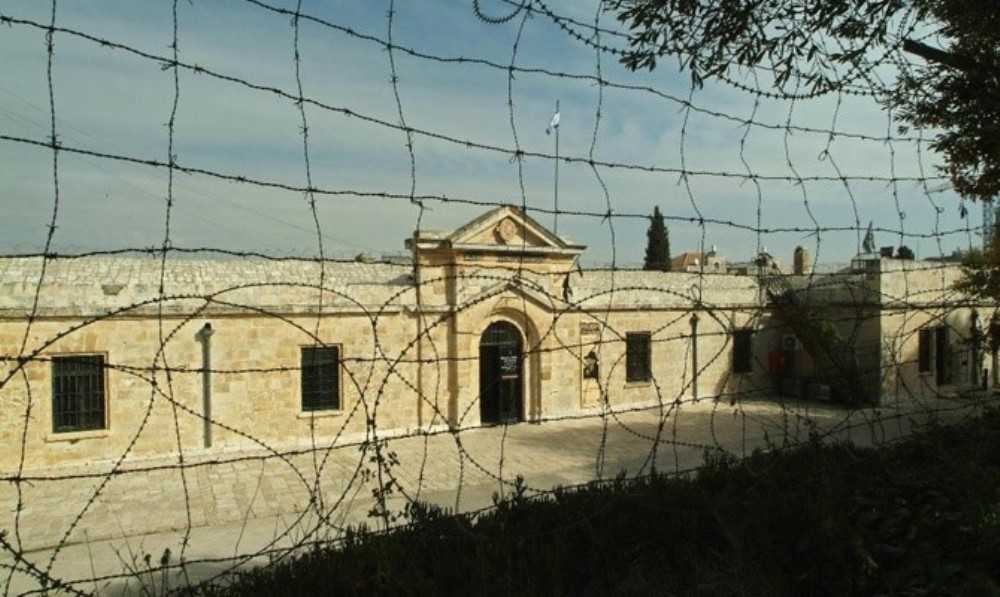Gli anni che hanno portato alla nascita dello Stato di Israele furono marcati non solo da un aspro conflitto tra la popolazione ebraica e quella araba durante il periodo del Mandato Britannico sulla Palestina, ma anche da una violenta rivolta ebraica contro la presenza coloniale inglese in Terra Santa.
Alcuni gruppi ebraici clandestini attaccarono più volte gli ufficiali dell’esercito britannico, le infrastrutture del paese e numerosi quartier generali britannici. L’attacco più famoso fu quello contro il King David Hotel, fatto saltare in aria da una bomba nel Luglio del 1946.
Le attività anti-britanniche furono portate avanti da tre organizzazioni clandestine: la Haganah, l’Irgun e la Lehi. Quando gli inglesi conquistarono la Palestina dall’Impero Ottomano alla fine della Prima Guerra Mondiale, trasformarono il Russian Compound al centro di Gerusalemme, nel loro quartier generale amministrativo e parte del compound divenne la prigione centrale inglese in Palestina.
Durante gli anni dell’occupazione inglese, centinaia di prigionieri furono rinchiusi proprio qui, e molti di essi erano membri delle tre organizzazioni clandestine ebraiche di resistenza.
In seguito, durante la Guerra d’Indipendenza del 1948, la prigione fu catturata dai combattenti ebraici durante una campagna militare denominata Operazione Pitchfork.
Dopo la nascita dello Stato di Israele, il luogo fu utilizzato per varie finalità fino al 1991, quando la prigione fu restaurata dal Ministero della Difesa e trasformata in un museo.
Il museo è composto dalle stanze della prigione stessa: le celle, la sinagoga, la stanza di confinamento, il cortile per gli esercizi e una cella per i prigionieri ebraici associata alla leggendaria figura del Rabbino Aryeh Levin - che faceva settimanalmente visita al carcere per passare lo Shabbat e le festività ebraiche insieme ai prigionieri.
Le pareti e gli spazi del Museum of Underground Prisoners – Museo dei prigionieri clandestini – sono pieni di memorie e storie relativi ai giorni e agli anni che precedettero la nascita dello Stato di Israele.
Visitare tutte le celle e i locali della prigione è un’esperienza triste, ma fa riflettere e quindi utile da dare.
Photo: Moshe Cohen










